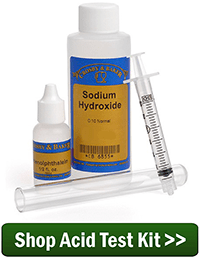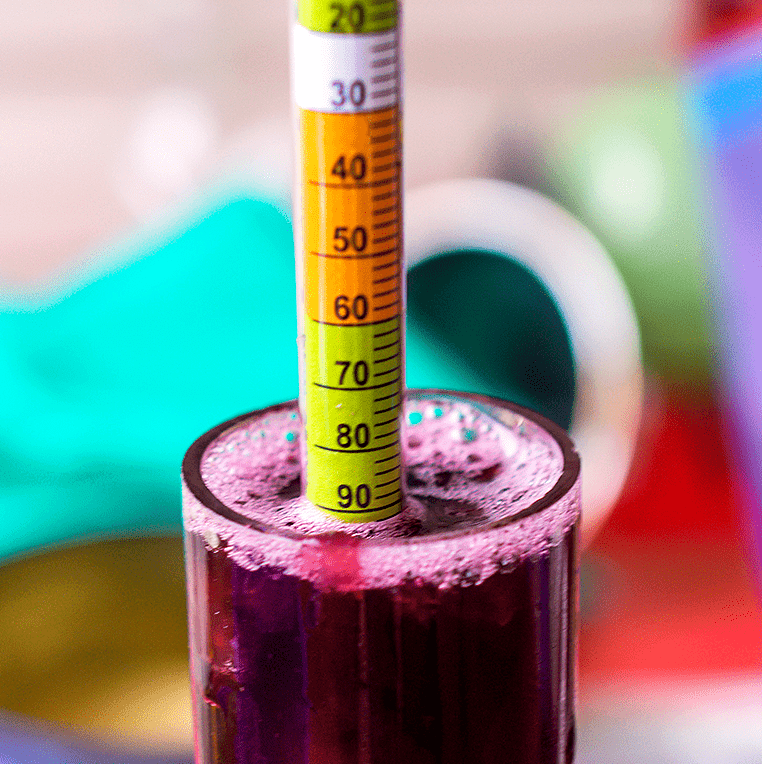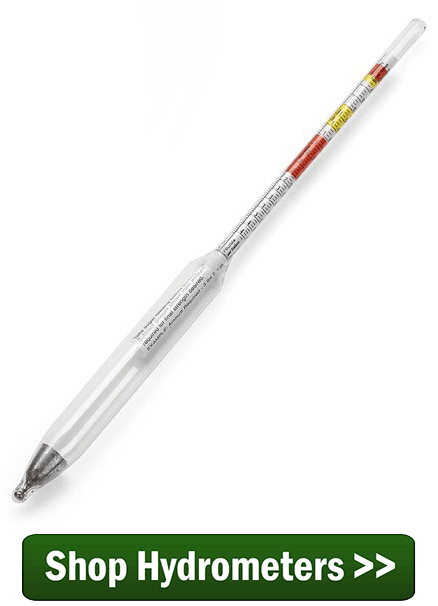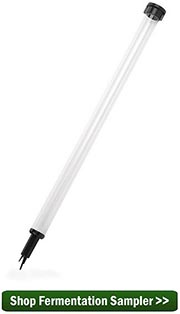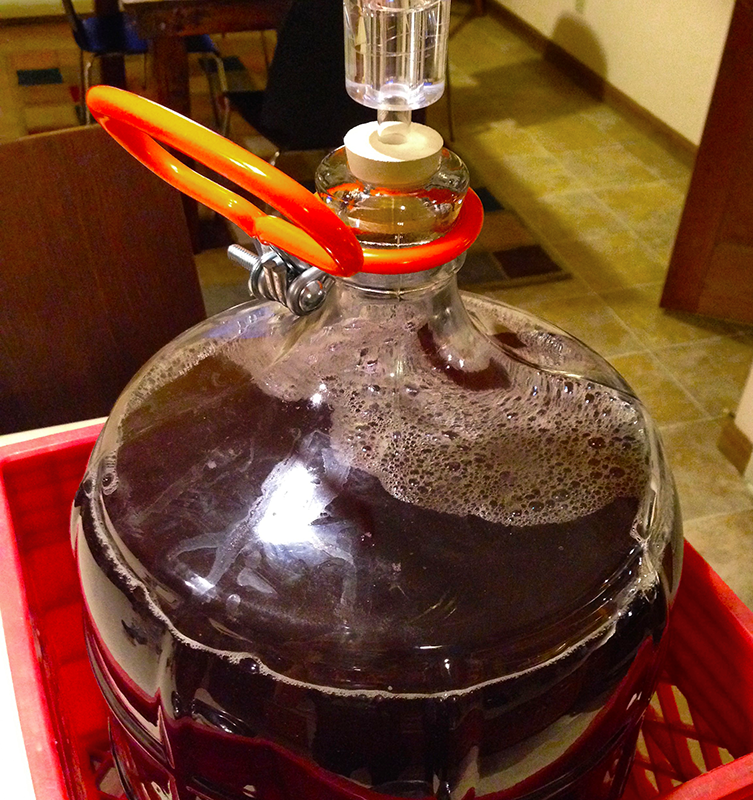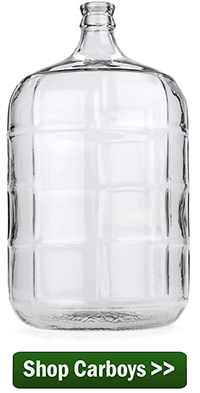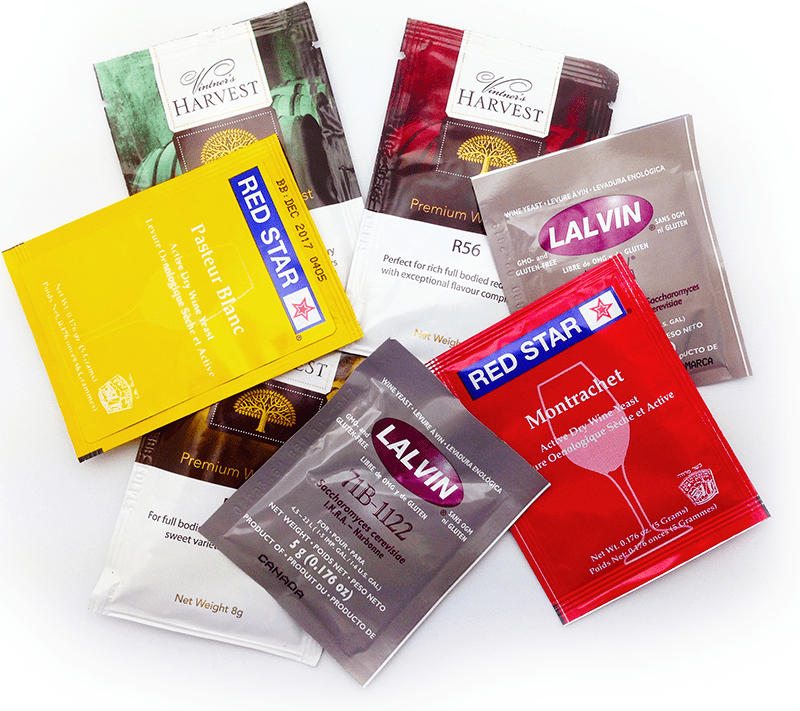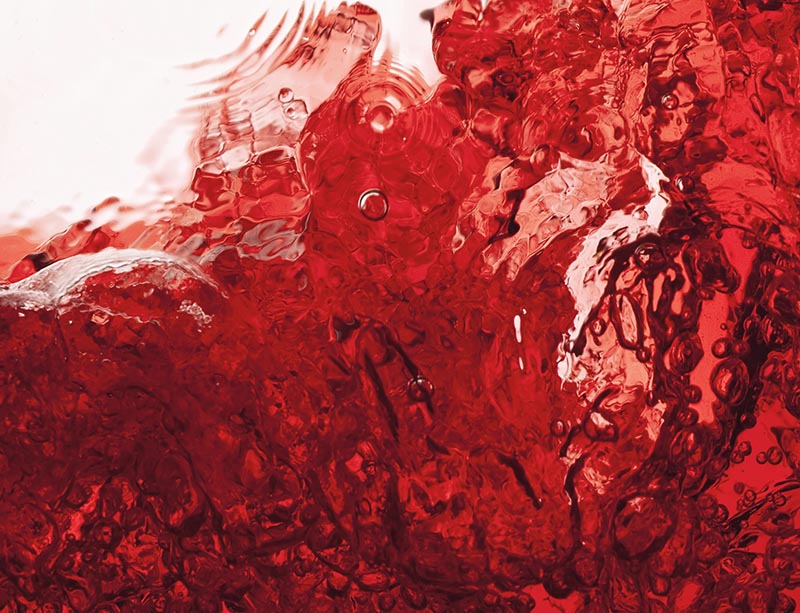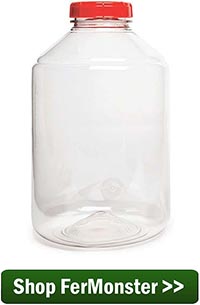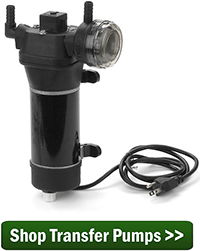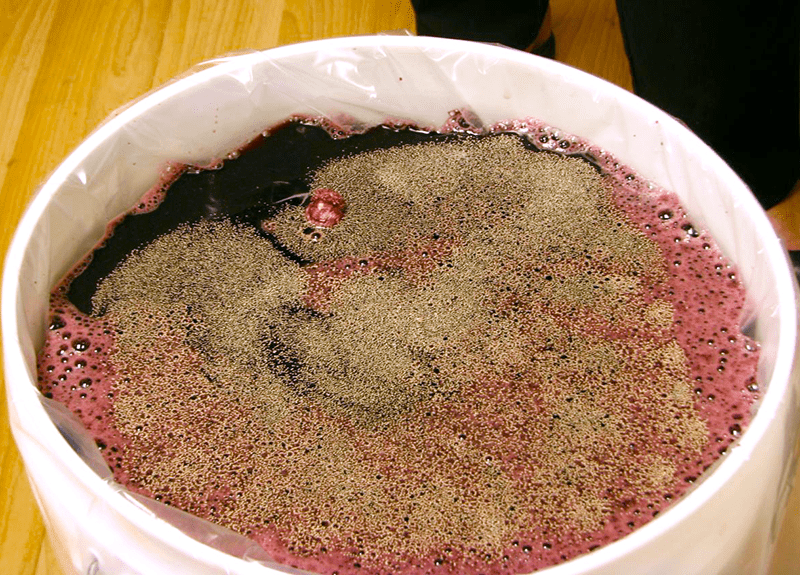 I want to make a sweeter wine without adding wine conditioner. Can I use a “Montrachet” ( red /white) yeast and increase the sugar per gallon to get a controlled “stuck ” fermentation with predictable results? How would I go about that to accomplish my goal?
I want to make a sweeter wine without adding wine conditioner. Can I use a “Montrachet” ( red /white) yeast and increase the sugar per gallon to get a controlled “stuck ” fermentation with predictable results? How would I go about that to accomplish my goal?
Name: Bob B.
State: NY
—–
Hello Bob,
It is true that different wine yeast will ferment a wine down to varying levels of residual sweetness. The ability of a wine yeast to ferment all the sugars is referred to as wine yeast attenuation. Wine yeast that can ferment a wine to complete dryness is said to be a high attenuation yeast. Wine yeast that leave the wine with some sweetness are said to be a low attenuation yeast.
While attenuation has to do with a wine yeast’s ability to ferment that last bit of sugar, there is also alcohol tolerance. This is the ability of a wine yeast to ferment to higher levels of alcohol. Both attenuation and tolerance are closely correlated in the sense that as the target alcohol level of a fermentation goes up by adding more sugar, the ability of a wine yeast to attenuate becomes less. But, depending on the wine yeast’s alcohol tolerance the attenuation may be affect a lot or just a little.
You can see the differences between wine yeast in this wine yeast chart we have on our website which list alcohol tolerance and attenuation (described as “Secondary Fermentation”) listed for each wine yeast.
My reason for explaining this is that while the wine yeast you select will play a major role in how dry or off-dry your wine ends up being, there are many other factors that come into play as well. Not only is their the alcohol level you are shooting for affecting the wine’s outcome, there is also:
- The amount of nutrients available to the yeast
- The temperature of the fermentation
- The amount of saturated oxygen in the water you added
- The acidity level of the wine must
- The amount of residual sulfite in the wine must.
This list goes on and on with each factor effecting the wine yeast’s ability to ferment — or not ferment — to some marginal degree.
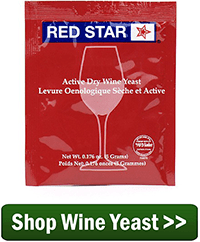 With all this taken into consideration, it starts to become clear that controlling the ending sweetness of a wine can be very difficult, if not impossible. No two fermentation ever go exactly the same. While you could have some level of consistency if you fermented the same type of wine over and over and were careful to replicate identical conditions with each fermentation, for the average home winemaker who likes to ferment different wines, using different fruits and different concentrates, this is not a very realistic goal.
With all this taken into consideration, it starts to become clear that controlling the ending sweetness of a wine can be very difficult, if not impossible. No two fermentation ever go exactly the same. While you could have some level of consistency if you fermented the same type of wine over and over and were careful to replicate identical conditions with each fermentation, for the average home winemaker who likes to ferment different wines, using different fruits and different concentrates, this is not a very realistic goal.
Something else that needs to be pointed out is that while different wine yeast ferment differently, the amount they vary is not all that great. While a wine yeast with high attenuation can produce a wine that is puckering dry, wine yeasts with the lowest attenuation will not make a wine seem sweet — just less dry — under typical fermenting conditions.
You can try driving up the sugar level in the wine must with the hopes of the yeast stopping because of high level of alcohol being produced, but this is a very imprecise method that could just a easily result in a wine that is disgustingly sweet.
You can try stopping the fermentation when the sweetness is to your liking, but there are a couple of difficulties with this:
- The first difficulty is that it is hard to judge the sweetness you will like when the wine is still fermenting. It taste completely different during a fermentation then it will after it clears and ages a little. The level of sweetness you like may be compensating for a bitterness in the wine that will not be there later on.
- The second difficulty is that it is not easy to stop a fermentation with any consistency. You can try adding sulfites such a Campden tablets or potassium metabisulfite, however either of these are just as likely not work as they are to work. They are not dependable in a fermenting situation. As a side note, potassium sorbate will have little to no effect on a active fermentation.
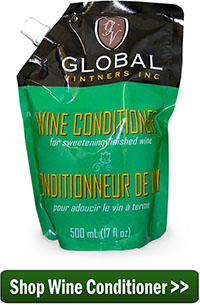 This leaves you with using the method most wineries would use to stop a fermentation. That is to chill the wine down, then filter. Chilling the wine down will make the wine yeast dormant. It needs to be held at 30° to 40°F. for about 3 days. Then the wine is siphoned (racked) of the settled yeast and filter with sterile filter pads in a wine filter. These filters are so fine that they will take out over 99% of any of the wine yeast that still remains.
This leaves you with using the method most wineries would use to stop a fermentation. That is to chill the wine down, then filter. Chilling the wine down will make the wine yeast dormant. It needs to be held at 30° to 40°F. for about 3 days. Then the wine is siphoned (racked) of the settled yeast and filter with sterile filter pads in a wine filter. These filters are so fine that they will take out over 99% of any of the wine yeast that still remains.
Having said all of this, if you are actually wanting a sweet wine, the easiest and most controllable way for the home winemaker to make a sweet wine is to back-sweeten it. If you are just looking to take the dry edge off of a wine you can do this by choosing a wine yeast that has low attenuation. Good candidates for this would be: Red Star Cotes de Blanc for whites and Lalvin RC 212 for reds.
—–
Ed Kraus is a 3rd generation home brewer/winemaker and has been an owner of E. C. Kraus since 1999. He has been helping individuals make better wine and beer for over 25 years.

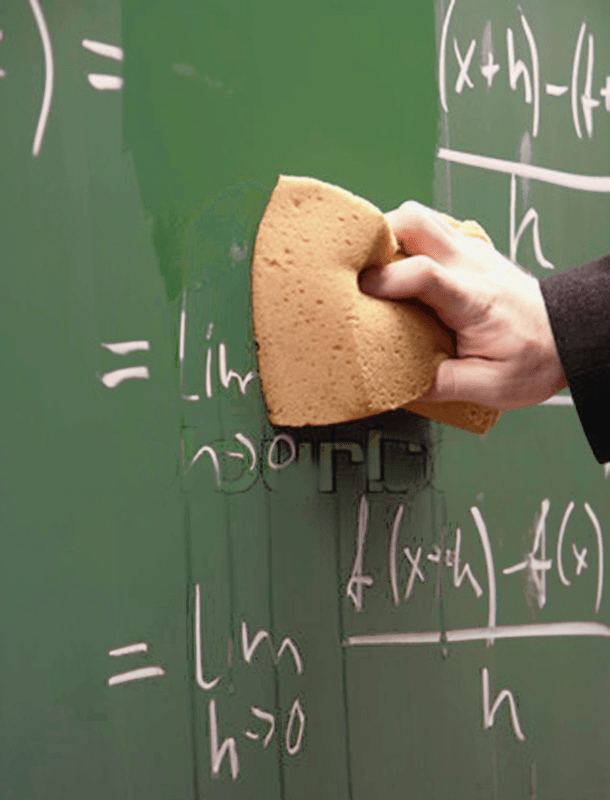
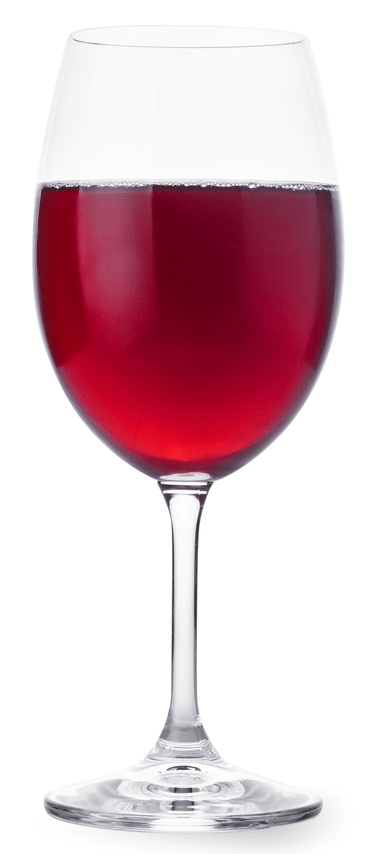 First Of All, What Is Acid?
First Of All, What Is Acid?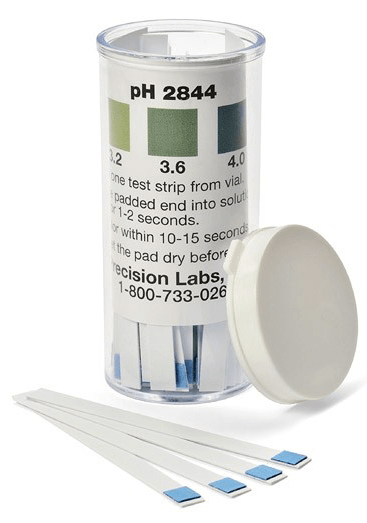
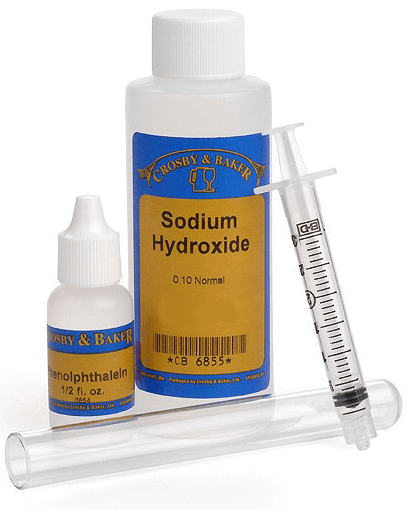
 CONFUSED YET?
CONFUSED YET?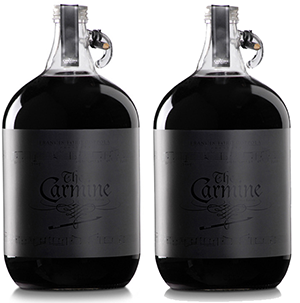 As an example, you can take two one gallon jugs of wine that are identical and add to one of them a 1/4 ounce of ascorbic acid and to the other, 1/4 ounce of malic acid and get two completely different levels of tartness in each case. While the amount of acid added to each gallon was the same, the resulting level of tartness was different. This is because different acids have different strengths.
As an example, you can take two one gallon jugs of wine that are identical and add to one of them a 1/4 ounce of ascorbic acid and to the other, 1/4 ounce of malic acid and get two completely different levels of tartness in each case. While the amount of acid added to each gallon was the same, the resulting level of tartness was different. This is because different acids have different strengths.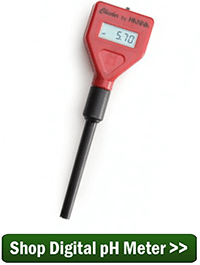

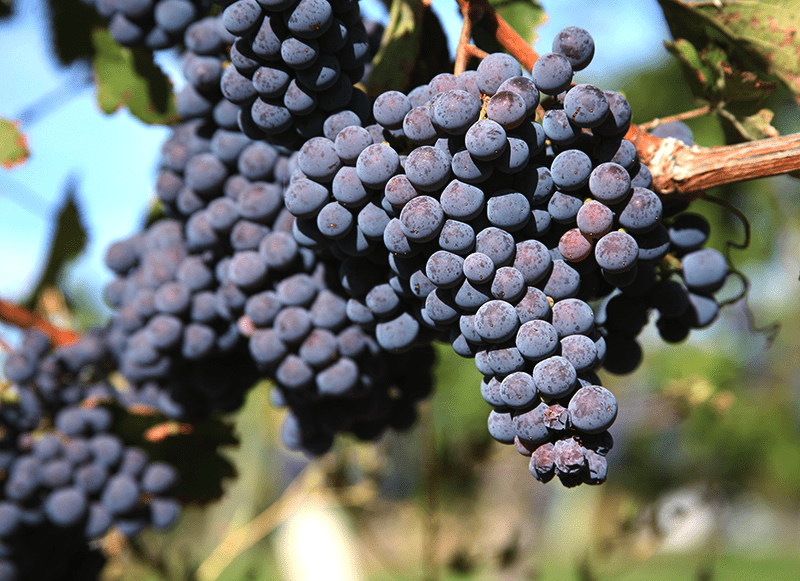
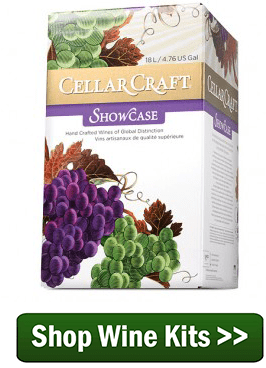
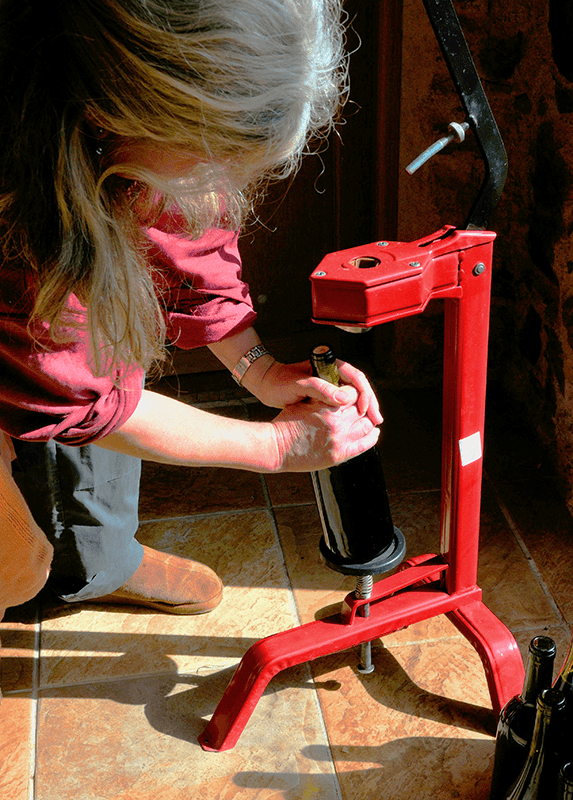
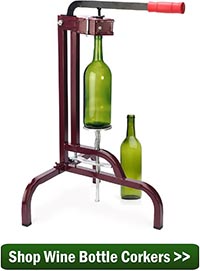
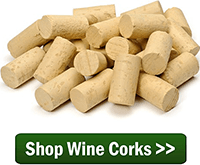
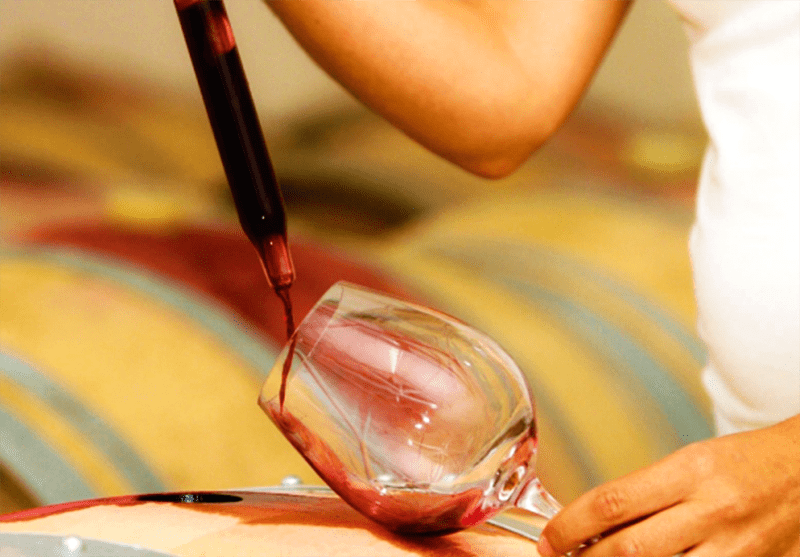
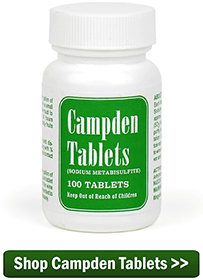
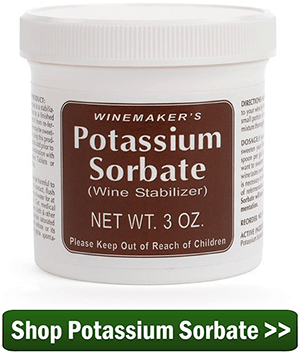
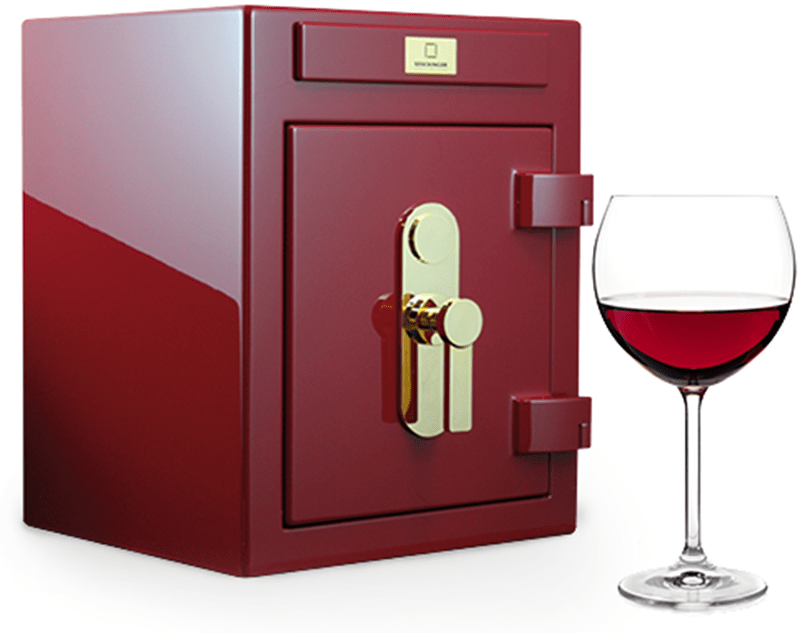
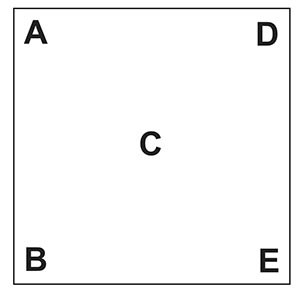 Here is the Pearson’s square. I am going to keep this as simple as possible:
Here is the Pearson’s square. I am going to keep this as simple as possible: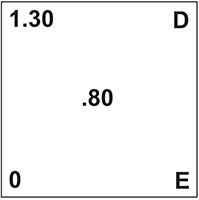 Here’s how this problem would set up on the Pearson’s square:
Here’s how this problem would set up on the Pearson’s square: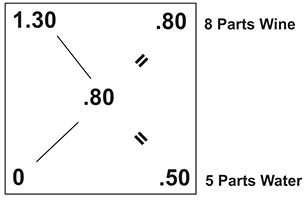 To solve for D & E you want to calculate the difference between A-C and the difference between B-C. In your case Knute, this would be the difference between 1.30 and .80 which comes out to .50. And, the difference between 0 and .80, which is .80. Here’s how this would play out on the Pearson’s square.
To solve for D & E you want to calculate the difference between A-C and the difference between B-C. In your case Knute, this would be the difference between 1.30 and .80 which comes out to .50. And, the difference between 0 and .80, which is .80. Here’s how this would play out on the Pearson’s square.